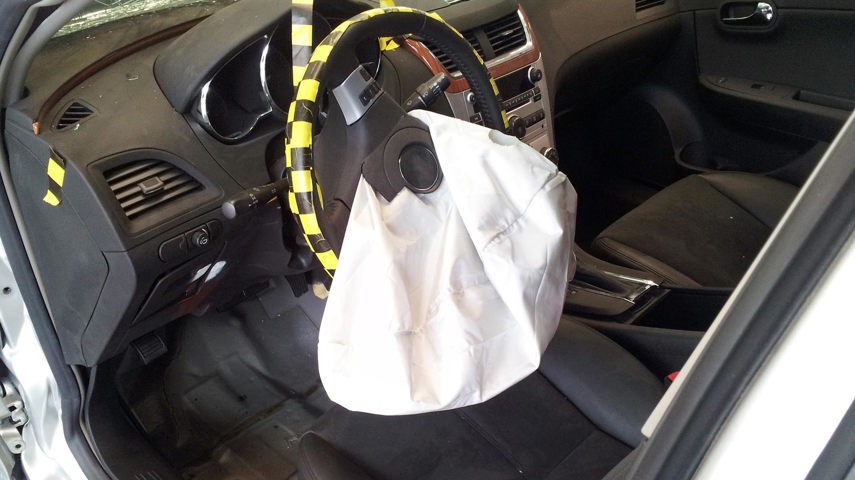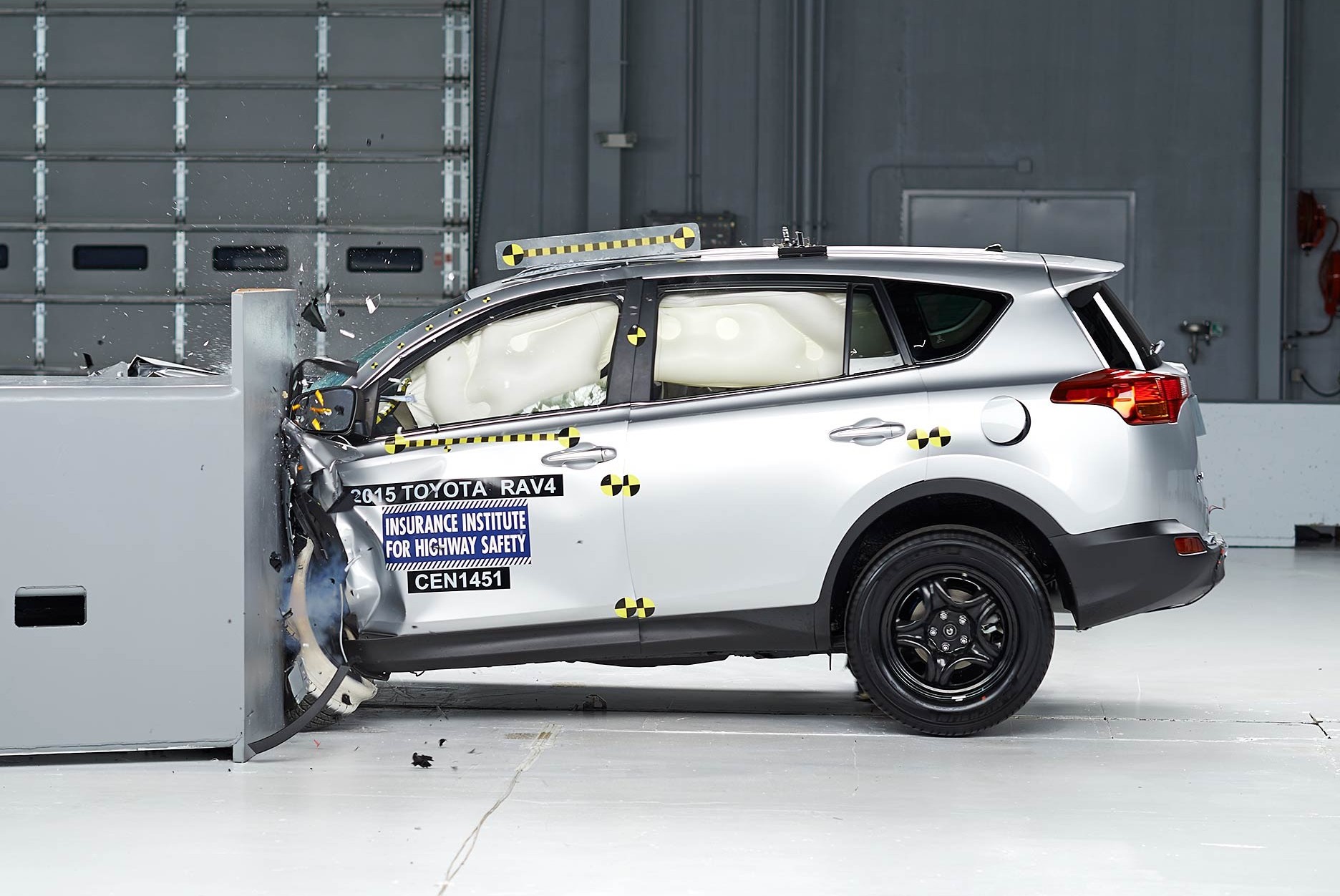The Takata airbag scandal has kept vehicle recalls near the top of our news feeds for more than a year now, and it is showing no sign of going away. Auto manufacturers, safety regulators and Takata itself continue to add vehicles to the list of those awaiting replacements for airbags that could injure or kill vehicle occupants by propelling metal fragments into the cabin.
But vehicle safety recalls were newsworthy long before Takata Corporation's reputation was ruined by the discovery its airbag igniters were faulty. Vehicle safety is highly regulated in North America, and with good reason: last year, Canadians bought 1.9 million new cars and trucks, an incredible volume of vehicles that doesn't even touch the total number on our roads today.
Vehicle recalls typically cover flaws that affect the safe operation of the vehicle, like an overheating fuse box that could cause the car's headlights to fail, or sunroof panels that could fly away.

But there's a lot more to a safety recall than your receiving a notice in the mail asking you to take your car back to the dealership for repairs. That notice is one of the last steps in a process that may have begun many months, or even a couple of years, before.
Transport Canada says the recall process typically begins with the discovery of a design defect "that affects, or is likely to affect, safety."
Transport Canada says most of its recall investigations are prompted by complaints lodged with the department by Canadian drivers. When it receives enough complaints about the same thing -- suggesting a trend -- it will look into whether there's a design flaw in that particular vehicle. The U.S. National Highway Traffic Safety Administration does the same thing, and the two organizations often work together to determine whether a problem is serious enough to warrant a recall.
Less frequently, Transport Canada will issue a recall notice based on a single incident, like a crash involving a 2011 Toyota RAV4 that caught the investigators' attention, because two rear-seat occupants were killed while those in front survived. The subsequent investigation that revealed the rear seatbelts could be severed by a metal component in the rear seat structure prompted a global recall of RAV4 models sold between 2006 and 2011.

Other times, it's the vehicle manufacturer -- or one of its parts suppliers -- that discovers a flaw and initiates the recall process on its own.
Vehicle manufacturers (and/or their suppliers) are responsible for figuring out how to fix the problem, and Transport Canada analyzes the proposed fix through evaluation and testing. Then, that manufacturer's "notice of defect" goes to the Minister of Transport, everyone who bought one of the affected vehicles and the current owner of each affected vehicle.
Once the manufacturer has begun repairing vehicles through its dealerships, it must follow up with the Ministry of Transport within 60 days, and then every four months for a period of two years to provide updates on how many of the affected vehicles have been fixed.
Perhaps the most interesting part of the recall process is how a manufacturer can zero in on a very small number of vehicles that possess a particular defect, like a recent Volkswagen recall that identified a single 2016 Beetle whose fuel-injection system could spring an under-hood leak and potentially start a fire. That kind of precision comes from the manufacturers' obsessive tracking of which of its factories built which cars, with these parts from that supplier and on what day.

For all the effort that goes into the discovery of, investigation into and solution for a defect, it's up to the owner of a vehicle to take their car or truck back to the dealer to have the work done. While Canada's Motor Vehicle Safety Act (MVSA) requires all vehicles to meet the safety standards under which recalls are issued, Transport Canada says the act has no authority over individual vehicle owners.
That makes Transport Canada's searchable recall database a particularly important resource if you're shopping for a used car, in case the vehicle in question has an outstanding recall that could cover a potentially important safety issue. Recalls cover a wide variety of problems and defects big and small, but all highlight the importance of keeping the vehicles on the road in safe working condition.

